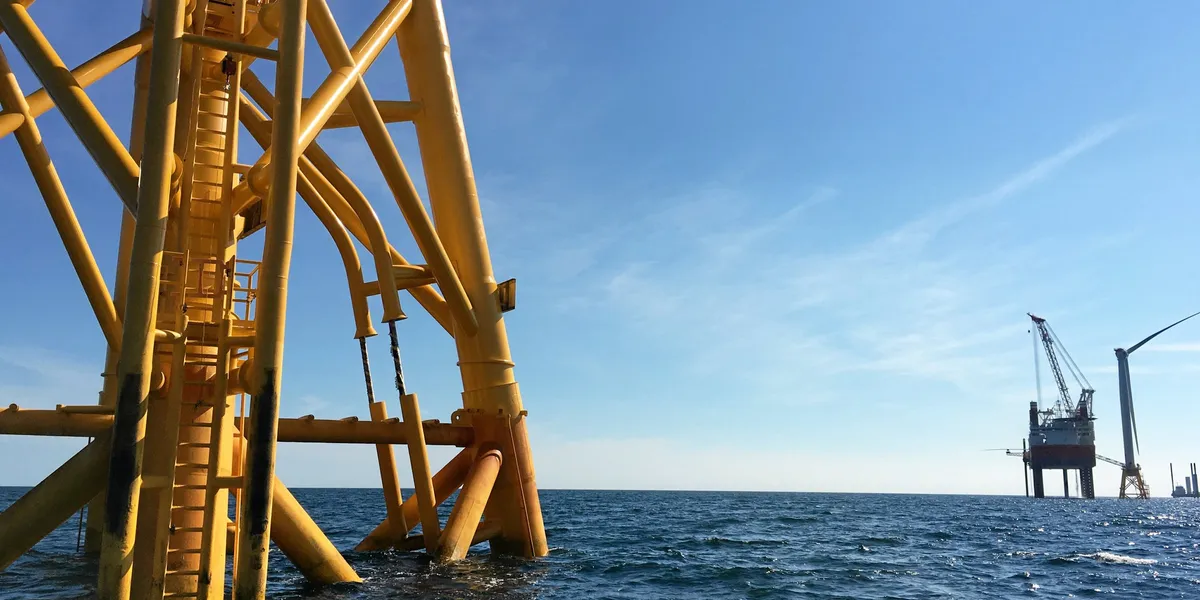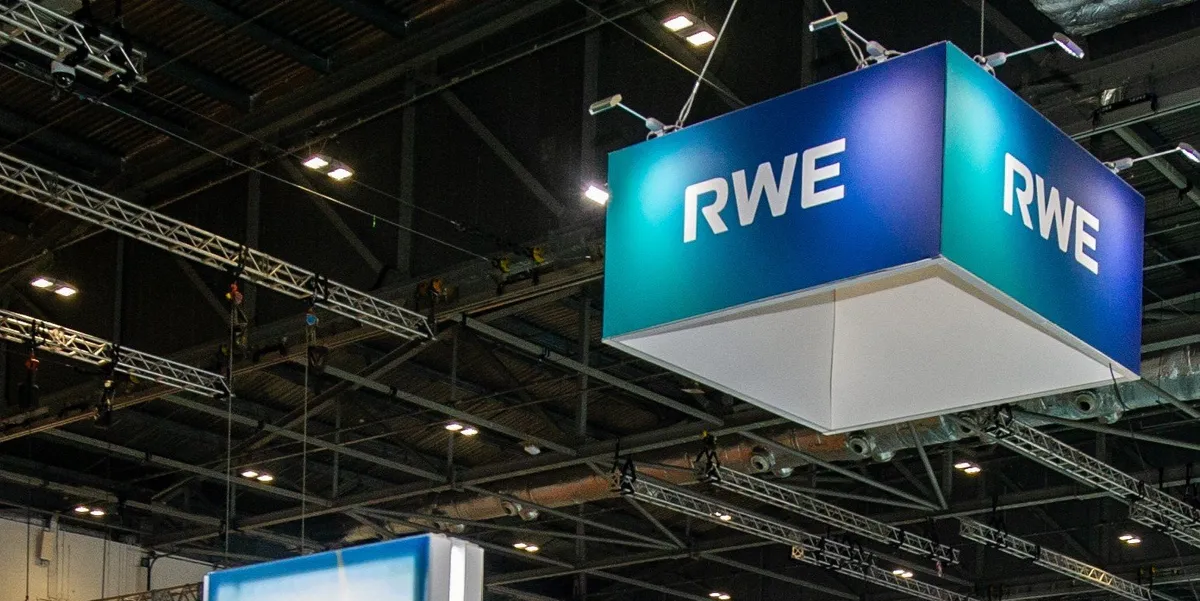Back when I was a fledgling journalist cutting my teeth in a studio production job at WJRT in Flint, Michigan, the Walt Disney Corporation sold our television station and its assets to SJL Holdings, a private equity firm with a reputation for ruthlessly slashing the guts out of big budgets. The House of Mouse sought to trim poor-performing assets following the 2008 economic downturn, allowing SJL to snatch up WJRT and Toledo, Ohio, ABC affiliate WTVG for only $30 million. It was an incredible deal, especially considering George Lilly, who owns SJL Holdings, sold those stations to Disney for $120 million in 1995.
What came next was gruesome.
In the following weeks, one by one, the faces and anonymous backend workhorses of a market-leading network – anchors, reporters, technicians, operators, directors, and skilled newspeople of all ilks, some with literal decades of tenure – were called upstairs to meet their fate. One by one, they came back down in tears with a security escort and cleaned out their desks.
And, salary by salary, private equity turned a great place to work and an important community resource into a profitable asset.
I walked away from my job to pursue an on-air career and managed to spare a co-worker from the chopping block (hey, Robin!) at the same time. It worked out okay for me; not so much for some of my colleagues.
Just four years later, Gray Television paid $128 million to acquire WJRT and WTVG from SJL Holdings, and George Lilly walked off with another fat check.
I say all that to say this: making money is nice, but it isn’t the only thing. High-fives, congratulatory back slaps, and cheers to all who meet earning expectations, but in way too many cases, hardworking and honest people lost their jobs to make that happen. And that sucks.
SunPower Now ‘Properly and Leanly’ Staffed
On Wednesday, the new SunPower (formerly Complete Solaria and a collection of the bankrupt O.G. SunPower’s assets) posted its first financial report since the rebrand. It happened to be the residential solar company’s first profitable quarter in four years.
SunPower (SPWR) reported revenue of $80.2 million in Q1 2025, in line with expectations, and an operating income of $1.3 million.
“I congratulate our team for breaking the profit barrier just 180 days after launch, despite enduring layoffs and some hard times in the solar industry,” offered SunPower chairman and CEO T.J. Rodgers.
The driving force behind SunPower’s sudden turn towards profitability isn’t tough to suss out.
When the rebranded version of the company was launched, it came saddled with the combined headcounts of Complete Solar, SunPower, and Blue Raven Solar, totaling 3,499 employees. On October 1, 2024, staffing was slashed by about two-thirds, reducing the number of employees to 1,140. SunPower executives initially set a target headcount at 1,225, then chopped it down to 980. SunPower currently has just 906 employees, just one-quarter the size of its former self.
“We are at the right headcount to be profitable at $300 million in annualized revenue,” reads part of the company’s Q1 2025 report, which deems the company is “now properly and leanly staffed.”
Continuous cost-cutting measures have increased SunPower’s operating income over the last three quarters from a $39.6 million loss in Q3 2024 (unofficial sum of losses for three companies), to a loss of $5.9 million in Q4 2024 (audited), to the aforementioned operating profit in Q1 2025.
With some of its newfound loose change, SunPower says it is able to bring in “key industry players” like Stanford’s Dr. Richard Swanson, founder of SunPower, to advise us on technology, and new CTO Dr. Mehran Sedigh, a storage expert who ran the Enphase Battery business unit and ramped it to its current $500 million in revenue.
Residential Solar Reaches All-time Lows in the US
The road ahead isn’t paved in gold for a leaner SunPower. Steep tariffs and backpedaling renewable energy policy threaten the residential side of the solar industry, especially since domestic production of solar components is still fairly limited. On top of that, the technology just keeps getting cheaper and more efficient.
Residential solar and storage prices have both reached new all-time lows, according to the 20th EnergySage Intel: Solar & Storage Marketplace Report released Wednesday. The report analyzes millions of transaction-level data points from homeowners shopping on EnergySage from January through December 2024 for solar panels, inverters, batteries, and more from solar companies in all 50 states and Washington, D.C. EnergySage’s report captures the trends shaping consumer behavior, installer offerings, and equipment preferences, while spotlighting early indicators of how tariffs, interest rates, and Tesla brand backlash may influence the market in the months ahead.
Among its chief observations: solar prices dropped for a third consecutive six-month period, down to $2.50 per watt, the lowest median price since EnergySage started tracking data in 2014. Quoted storage prices also fell, setting a new record low of $999 per kilowatt-hour stored.
“Heading into 2025, solar and battery prices had never been lower on the EnergySage Marketplace, and for homeowners, that means more affordable and accessible clean energy solutions,” explained Emily Walker of EnergySage. “This creates a compelling record-low benchmark to measure against as we begin to see the effects of shifting policies and tariffs take hold this year.”
Interestingly, solar is becoming less expensive while panels are simultaneously becoming more efficient. In the second half of last year, 33% of quotes included solar panels with rated outputs above 450 watts, up from just 1% in H2 2023.
“As panel technologies improve, more homeowners are being offered higher-output systems—meaning fewer panels, more power, and a better return on investment,” said Walker. “We’re closely watching how inventory strategies and upcoming tariffs may shape this trend.”









